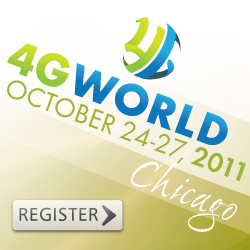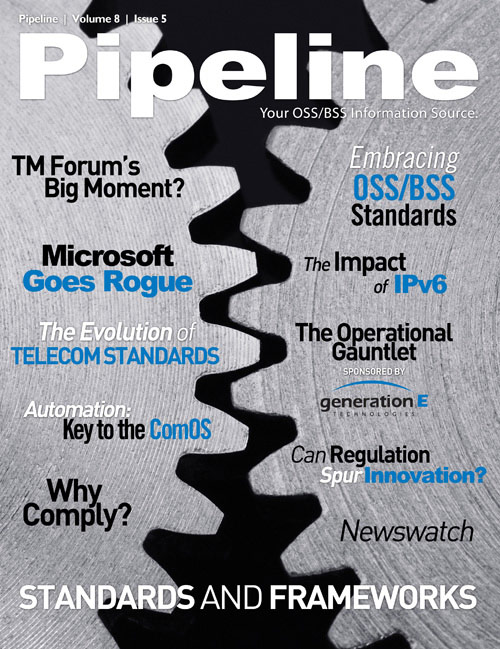Around 2000, after the telecom bubble burst, the telecom industry started to consolidate. Further contraction occurred in the post-9/11 economic downturn and in the more recent worldwide economic turmoil. RBOCs were starting to compete with each other more and more (or were swallowing each other up.) Changing technologies and business models brought in competition with and from other players in the formerly separate worlds of cable, internet and wireless. Many new startups made their appearance too. Many did not survive, and many were bought up by larger companies with deep pockets seeking a global presence. All these changes facilitated a further increase in globalization, which was reflected in a shift to more global standards. This global shift was evidenced by the rise of many SDOs with global addresses, such as IETF, IEEE and 3GPP. In addition, instead of the ITU-T (the UN-chartered worldwide SDO) using US standards as the basis for subsequent international standards, more and more technologies were brought directly to the ITU-T for development, with many ITU-T standards then being brought back to the US (to ATIS, for example) to undergo the “delta” changes needed to conform to any North American-specific architectural or regulatory differences.
With the global economic situation still rocky, the industry remains very cautious and has become even more reliant on standardized architectures and technologies, since standardized solutions ensure interoperability and enable a “one product” approach (or at least a “fewer products” approach) that enables companies to take advantage of the economies of scale by offering technologies and products that can be marketed worldwide. Add to this the increasingly fast pace of technological development and the result has been a profusion of new standards bodies and forums that have sprung up around a growing number of telecom technology areas such as Wireless, NGN, Multimedia, VoIP, Network Management, Optical Transmission & Networking, Security, Performance, etc. Part of this new landscape includes new smaller entities such as the Femto Forum and the NGMN Alliance. Some entities that are not that old are starting to become quite established and large, such as WiMax Forum, OMA, the TM Forum and the ubiquitous 3GPP whose wireless work seems to affect all parts of the network as wireless-wireline network convergence becomes a reality. And at the other end of the spectrum, the major standards entities such as ITU-T, ATIS, TIA, IETF, IEEE and ETSI aren’t standing still either, and are creating new committees to address a multiplicity of new standards challenges in such new topics as Cloud Computing as well as in other areas where telecom technologies are being applied to other industries, such as Automotive Telematics, Healthcare Telematics and Smart Grid.

 Not only are there many more standards committees today, and not only are they meeting more often, with virtual meetings scheduled in-between face to face meetings, but the meeting locations are now more global as well. Twenty years ago a standards expert based in the US primarily attended standards meetings that were within the continental US with only a few “international” meetings. Ten years ago that same expert might have had to start attending a number of meetings in Europe (mostly Geneva) with an occasional meeting in Asia now and then. Nowadays however, most standards experts expect to have more than half their business travel outside the US, and increasingly in locales that are widely spread across the globe, especially across Asia.
Not only are there many more standards committees today, and not only are they meeting more often, with virtual meetings scheduled in-between face to face meetings, but the meeting locations are now more global as well. Twenty years ago a standards expert based in the US primarily attended standards meetings that were within the continental US with only a few “international” meetings. Ten years ago that same expert might have had to start attending a number of meetings in Europe (mostly Geneva) with an occasional meeting in Asia now and then. Nowadays however, most standards experts expect to have more than half their business travel outside the US, and increasingly in locales that are widely spread across the globe, especially across Asia.
But with airfares and travel costs exploding and an ever increasing number of far-flung meeting locales, companies that want or need to participate are finding it increasingly hard to track, let alone send participants to so many standards bodies.










